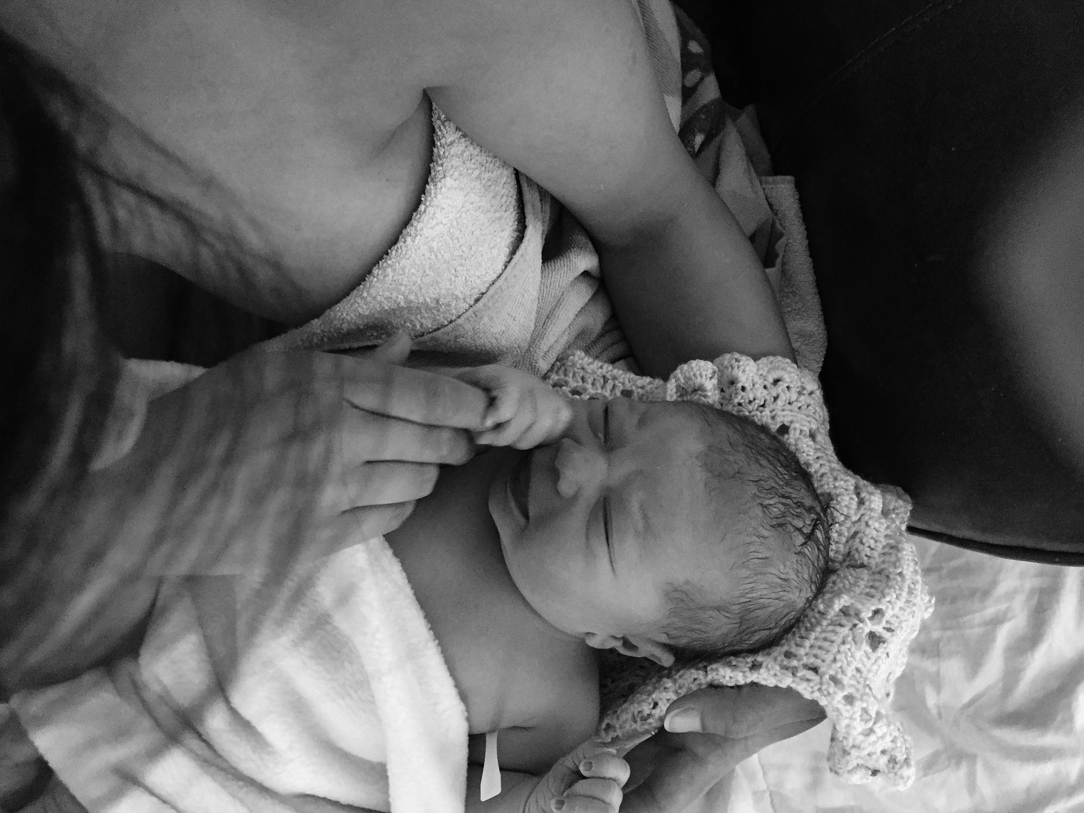When I was pregnant with my first baby, I was full of ideas about what I thought parenthood would be like. I thought I had it all figured out. My newborn baby would be fed, changed, burped and then would sleep peacefully until the next feed was due. Right?

I was completely wrong. Babies cry. And they cry a lot.
I had no idea that a newborn baby can routinely cry for a total of 1 to 4 hours per day as they adjust to life outside of the womb. Babies can’t talk, obviously, so crying is the only way that they can let us know that they are hungry, uncomfortable or stressed.
In the early days, I found it incredibly stressful when my baby cried as I struggled to work out what he wanted. It was so overwhelming.
“Hungry already?” “Another poop?” “Too cold?” “Too warm?” “Have a cuddle.”
However, I quickly began to understand what it was that my baby wanted and needed and even began to differentiate between cries. Particularly his hungry cry and his tired cry, which were often intrinsically linked.
Of course, all babies are different but you might recognise some of these cries:
Hungry cry: usually short and low-pitched, it can also rise and fall.
Angry Cry: more turbulent
Cry of pain/distress: generally comes on suddenly and loudly with a long high pitched shriek
followed by a pause then a flat wail
“Leave me alone” cry: similar to a hungry cry
I very quickly worked out how to comfort and settle my babies when they cried. Most frequently my boys would cry because they were hungry or because they simply wanted to be cuddled. As newborns, they simply did not want to be left alone. It’s quite understandable when you consider that they have spent 9 months cocooned and close to us! I would feed my baby to sleep and once settled, I would slowly and carefully place him in his cot.
But what do you do when nothing seems to be soothing your baby’s cries?
One of the most distressing cries for a parent can be when a baby suffers from colic. Colic is a medical term for excessive and frequent crying in a baby who appears to be otherwise
healthy and well fed.
A recent survey by Nelsons® found that 49% of parents think that colic is the most distressing ailment for them. It usually begins within the first few weeks of life, but often stops by the time
the baby is four months old and by six months at the latest. In most cases the intense crying occurs in the late afternoon and the baby may clench their fists and draw their knees up to their tummy or arch their back.*
Some ways that you can help a baby suffering with colic are:
- feeding responsively, rather that to a schedule
- learn to recognise hunger cues such as sucking fists and rooting
- burp after feeds
- use a sling to carry your baby
- make time for skin-to-skin
- try some baby massage
You could also try Nelsons Colica Colic Granules, which contain a unique formulation of 30c potencies of natural Citrullus colocynthis and Dioscorea villosa. Nelsons Colica Colic Granules are a homeopathic medicinal product used within the homeopathic tradition for the symptomatic relief of colic in babies over one month of age.
Nelsons Colica Colic Granules cost £5.80 and are available from Boots, Tesco, Asda and Superdrug.
Always read the label. * If you are concerned about your baby’s symptoms or their excessive crying you should seek advice from your GP.
Do you have any other tips for soothing a baby?
*This post is a PR collaboration.








